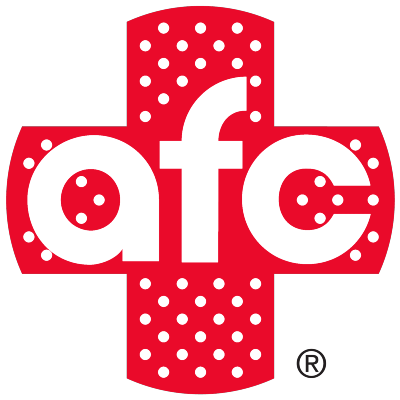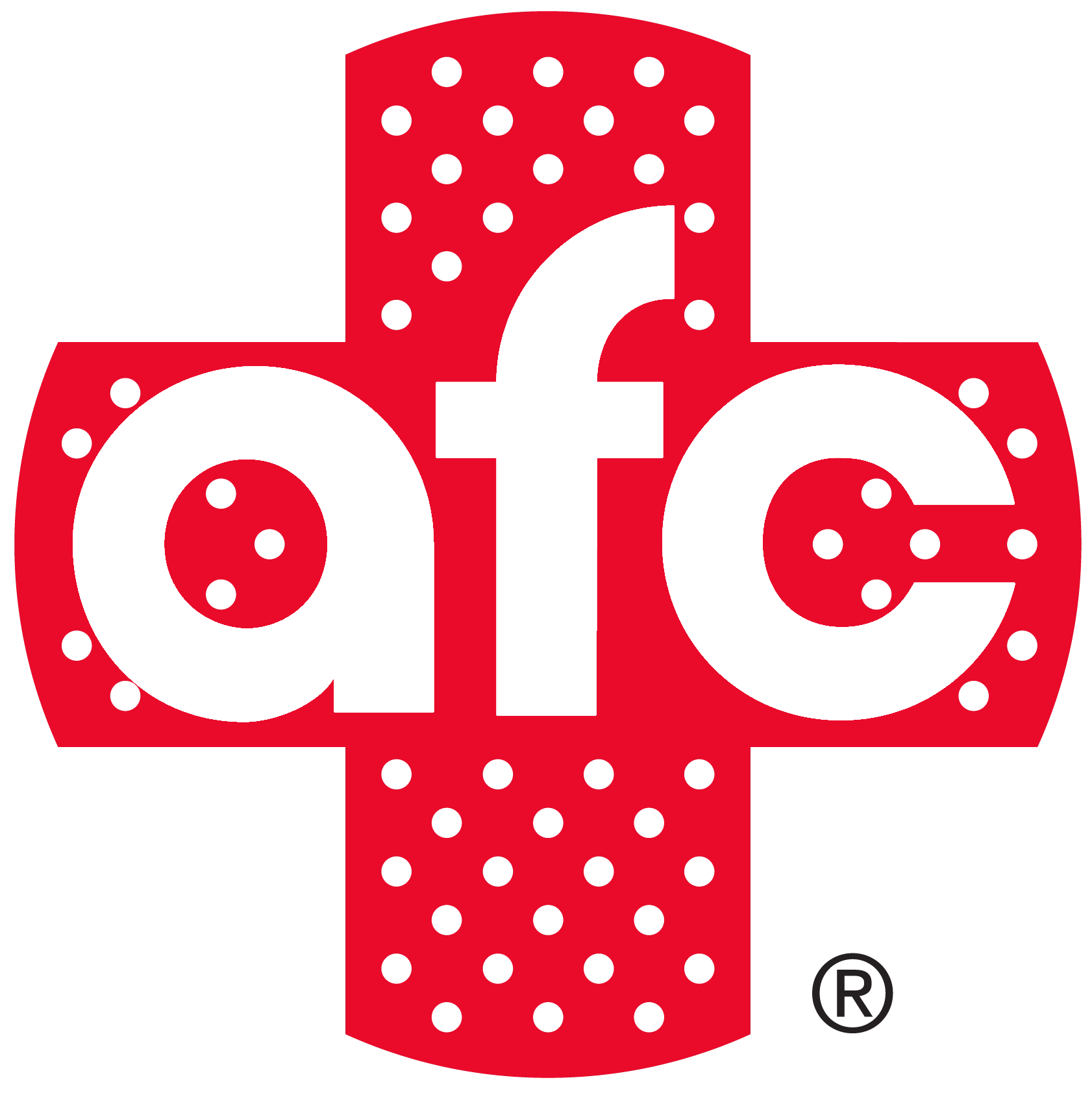Now Open M-F 7:30 am to 8:00 pm and Sa/Su 8:00 am to 5:00 pm
Find The Location Nearest Covid-19 Testing
We think you’re located in zip code 28210. Not Right?
Abscess Incision & Drainage in South Charlotte, NC | AFC Urgent Care
Visit AFC Urgent Care for Incision & Drainage treatment for skin abscesses and painful cysts. We’re open 7 days a week – no appointment required.
Contact us to learn more about Incision & Drainage.Skin Abscess vs. Cyst
Differentiating between a cyst and an abscess is important as they are two distinct types of lumps that can form beneath the skin. While both share similarities, they are caused by different factors and have their own unique characteristics.
An abscess forms when a bacterial infection causes the body to produce white blood cells that lead to the accumulation of pus. Pus is a thick, yellowish fluid composed of dead white blood cells, bacteria, and other debris. Abscesses can be painful, swollen, and warm to the touch and can appear anywhere on the body.
On the other hand, a cyst is a pocket or sac that contains fluid, air, or other materials. Cysts can develop from blocked ducts, infections, or inherited conditions. Unlike abscesses, cysts are generally painless and feel firm or spongy to the touch. They can be found in various parts of the body, with the skin, ovaries, and kidneys being the most common locations.
What causes a skin abscess?
When sweat or oil gland blockage traps bacteria under your skin, it can cause an abscess to develop. Typically, people seek medical attention when the infection and inflammation become unbearable. Skin cuts or injuries can make the skin more vulnerable to bacterial infections, leading to the formation of an abscess.
Individuals with severe eczema or acne, smokers, those with diabetes, weakened immune systems, or who come into close contact with someone who has a staph infection may be at a higher risk of developing an abscess.
Abscess Signs & Symptoms
An abscess is an infection that causes a buildup of pus beneath the skin or within a body cavity. The symptoms of an abscess may differ depending on its location, but recognizing common signs and symptoms can assist in identification.
- Pain: Abscesses can cause pain, which may worsen as the abscess develops. The pain can be described as a dull ache or a sharp, stabbing sensation.
- Redness and swelling: The skin surrounding the abscess can appear swollen and red. The affected area may also feel warm to the touch.
- Pus or fluid: Abscesses contain pus, a thick, yellowish liquid composed of dead white blood cells, bacteria, and other debris. If the abscess is near the surface of the skin, pus may be visible draining from it.
- Fever: An abscess can cause a fever in certain cases. A fever indicates that the body is attempting to fight off an infection.
- Difficulty moving: An abscess near a joint can make it challenging to move the affected joint.
It’s crucial to note that not all abscesses cause symptoms, particularly if they are small or deep within the body.
Do I need Incision & Drainage?
Incision and drainage is a procedure that can help relieve pain and pressure caused by a fluid build-up in abscesses or cysts. This can reduce the size of the abscess or cyst and stop the infection from spreading. If the procedure is not done, the abscess may not fully heal on its own, and antibiotics alone may not work to kill the bacteria inside it. If left untreated, the abscess can cause serious infections such as sepsis or require a debridement procedure to remove the abscess and any dead tissue around it.
What to Expect
The method for incision and drainage may differ based on the kind and severity of the abscess, but the process is typically simple.
1. Your AFC healthcare provider will administer a local anesthetic to numb the area around the abscess.
2. Once the area is numbed, they will make a small cut in the abscess to allow the pus to drain out.
3. Depending on the size and depth of the abscess, additional cuts may be necessary.
4. Following the procedure, the area will be sterilized and bandaged. and
5. At the end of your visit, you’ll get specific directions on how to care for the wound at home, including keeping it clean and dry and taking any prescribed antibiotics.
I&D Recovery
The healing time varies based on the abscess size and how long it takes for new skin to grow around the abscess. It may take one to weeks for your wound to heal after incision and drainage. Complications from I&D are rare, contact AFC Urgent Care or a medical professional if you experience any of the following symptoms after the procedure: bleeding, increased pain, redness and swelling or fever.
 How Can We Help?
How Can We Help?
- PATIENT SERVICES
- COVID-19 SERVICES
- TELECARE
- EMPLOYER RESOURCES
- PATIENT RESOURCES
- ABOUT US

Don't wait to get the medical attention you need.
CALL US TODAY | (704) 247-6578


